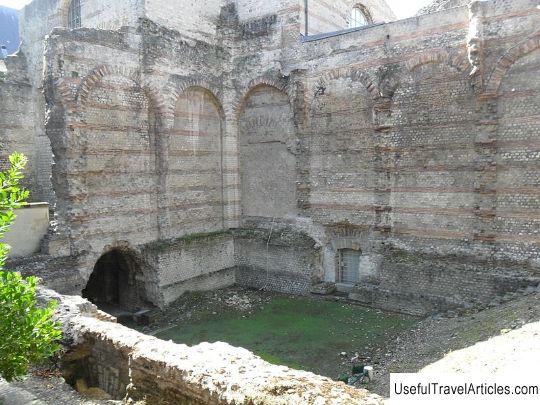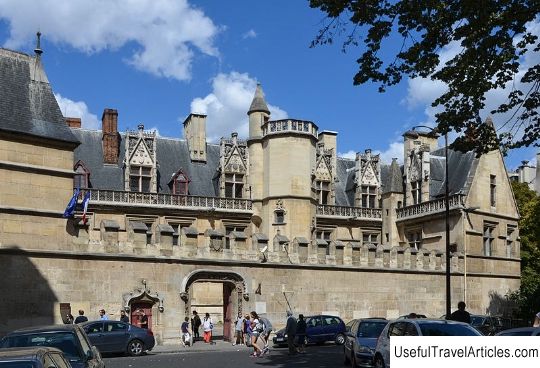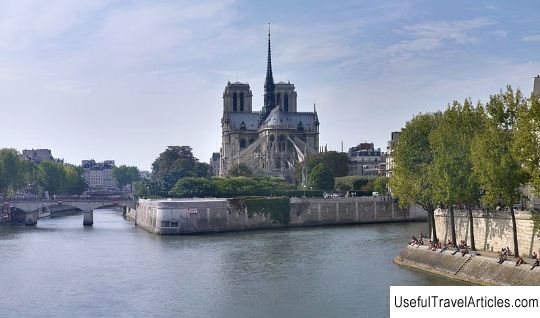Medieval Museum in France, Paris resort
Rating: 8,5/10 (377 votes)  The history of this landmark of Paris, located in the 6th administrative district, has its roots in Antiquity. Gallic legions of the Romans were once stationed here. After leaving Gaul, they left little. The only structures that confirmed the presence of the Romans in these lands were the baths. After the III century, they did not stay here for long – the unprotected territory was literally ravaged by barbarian tribes. At the moment, several arches and fragments of mosaic decorations of the courtyard remain from the baths. The ruins of the thermae have the status of the historic masonry of Paris. The main part of the museum is the Cluny mansion. In the 13th century, a monastery cloister, later called the Abbey of Cluny, began to be built on the site of the destroyed baths. 2 centuries after the founding of the order, by order of its abbot, the Cluny Mansion was erected, which became the main house of the abbey. The Great Revolution abolished all abbeys, all the premises of the monastery were nationalized and given to the needs of government committees Robespierre. Since the 1830s, it was decided to turn the historical complex into an extensive museum dedicated to the Middle Ages. The museum becomes fully state-owned by the end of World War II. The museum's exposition is formally divided into two parts: the first is devoted directly to the objects of art and everyday life of the Middle Ages, and the second is dedicated to some of the sculptures of Notre Dame Cathedral. The first part of the exhibition presents weapons, some paintings, tapestries and household items and household items of the townspeople of the XII-XIII centuries. Among the exhibits you can see the famous tapestry `` The Lady with the Unicorn '', the true author of which, as well as the exact date of creation are unknown. Sculptures of Notre Dame have a more interesting history. The Great Revolution was the beginning of not only political changes, but also the beginning of a real persecution of French art objects. Robespierre ordered to throw the statues of all biblical kings from the facade of the Cathedral. The order was carried out, but the statues were not completely destroyed. Those that we can see on the facade of Notre Dame now – just a copy, restored during the 19th century restoration. The surviving originals of the statues were found in 1977 in the foundations of one of the Parisian houses, in which the former owner of this house hid them from the Jacobins. The museum is open to tourists every day from morning until 5 pm. The museum is closed on national and major Christian holidays.  We also recommend reading Picasso Museum in France, Paris resort Topic: Medieval Museum in France, Paris resort. |




